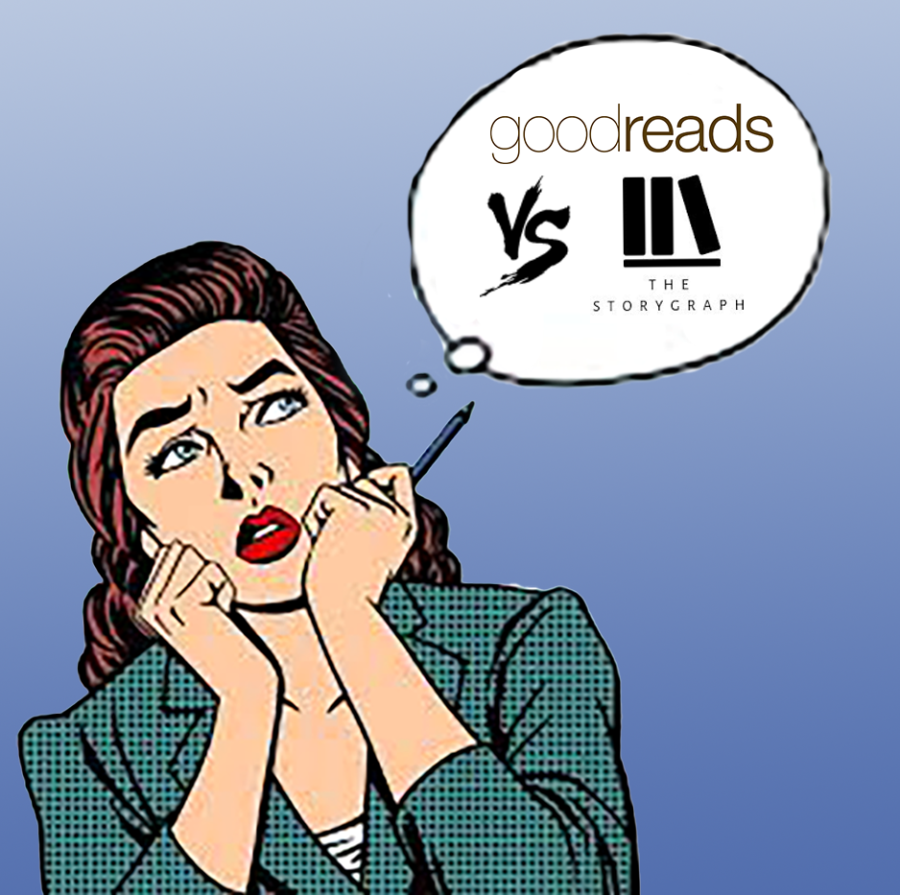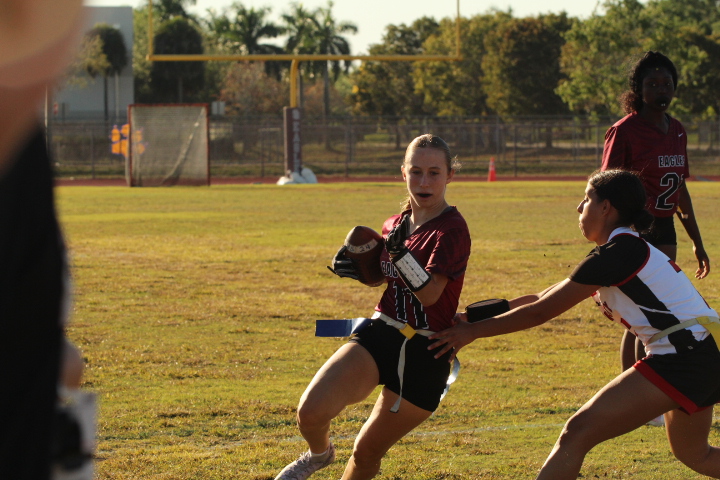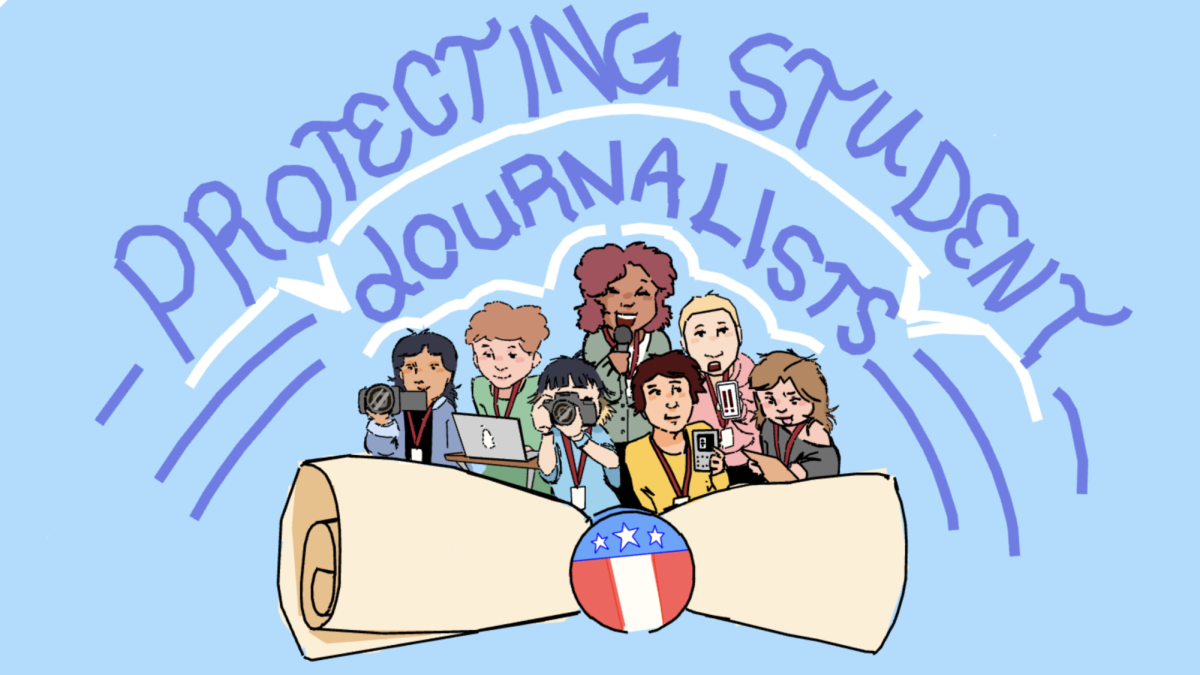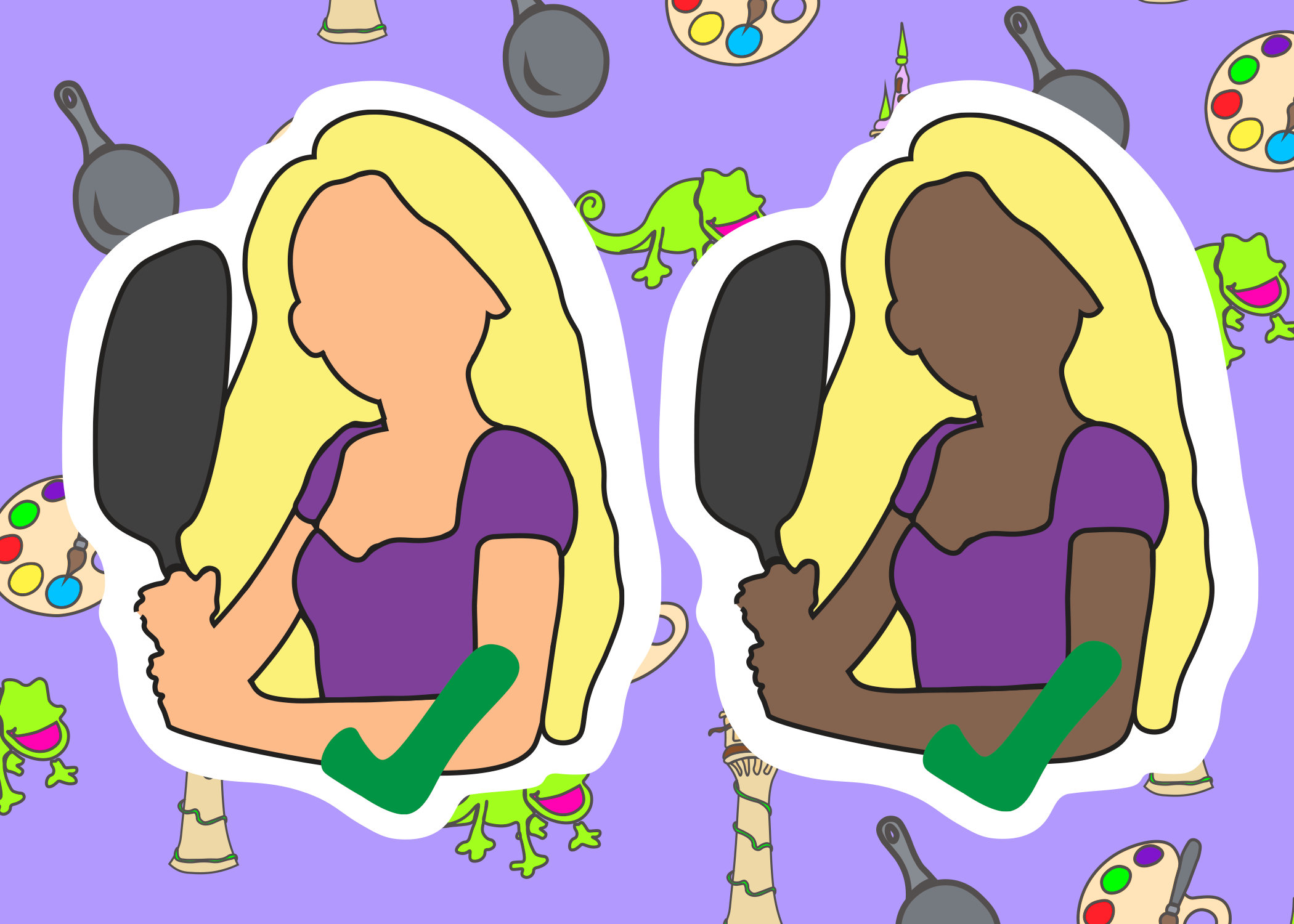[Opinion] The StoryGraph is better than Goodreads because it has more features
Book lovers contemplate whether “Goodreads” or “The Storygraph” is better for keeping track of the books they read.
February 23, 2022
Every book-lover knows Goodreads. As one of the top results on Google when searching for a book and 90 million members as of 2019, it’s a popular choice for readers wishing to track their reading.
However, Goodreads has faced criticism for its dated platform look, difficulty searching for books, lack of a did-not-finish button, useless recommendations, lack of private shelves and annotations., exclusively whole number reviews and the fact that it is owned by Amazon.
The platform is beige and looks like it belongs in the early 2000s. Since its transfer in ownership to Amazon in 2013, the platform has had minimal changes to its design. The design is dull and dated; the Community section and books clubs hosted on the site are overwhelmingly confusing to the point where I avoid it entirely.
The search function on Goodreads leaves a lot to be desired. If there is a spelling error, the book will simply not appear. If it is typed correctly, the book searched for may be buried underneath irrelevant books that might only have one key word in common with what a user searched for, before the wanted book appears.
Many readers DNF, or “Did Not Finish,” a book for one reason or another. However, there is no option to shelve a book as “did not finish” on Goodreads, only “read,” “to read” or “currently reading.” While users can create a bookshelf for “did not finish,” they still have to mark the book as “read,” “to read” or “currently reading,” making it difficult for users who DNF a book.
The recommendations on Goodreads are useless for most readers. They are overly basic for some, recommending “The Handmaid’s Tale” and “Harry Potter,” and completely irrelevant for others, recommending “My Hero Academia” books to users who enjoy more realistic books like “Heartstopper” by Alice Oseman or “It Ends With Us” by Colleen Hoover.
Sometimes readers read a book and do not enjoy it. They might want to shelve a book as “one-star” or “hated,” but shelves are not private. Therefore, users cannot hide what they “shelve,” which is basically tagging. As a result, authors are upset by the tags or readers refrain from tagging what they do not want.
Users are also unable to privately add notes about the book. Many users like to write down quotes they enjoyed, epiphanies or anything related to the book, but Goodreads does not have this option, unless someone creates a review, which can only be public, and add whatever they wanted to say to the note.
Additionally, Goodreads does not allow reviews with integers, like for 4.5 stars or 2.75 stars, only one star, two star, three star, four star and five star reviews. Therefore, many Goodreads users add a note to their review, saying “Actual rating:” and stating their actual star-rating using decimals. Users face the question of rounding up or down, and it’s extremely annoying and tedious to simply rate a book.
This leads numerous users, including myself, looking for better alternatives, like The StoryGraph. Created by U.K.-based Nadia Odunayo, it’s easily the best book-tracking site and app out there. With over 100,000 users as of Jan. 2021, it offers several features that draw readers towards it, making it stand out from Goodreads and other alternatives.
In look, The StoryGraph dominates Goodreads in this aspect, with its minimalistic, modern appearance. The site is easy to navigate, even the “Community” portion. While The StoryGraph is not as extensive in its Community, it allows for less noise and constant notifications.
“People just want it simple and clean,” Odunayo said. “[…] It’s not noisy, we don’t have chat or comments一it’s very streamlined. You can be as quiet as you want, or you can follow people and create a community feed. But there’s no notifications or anything like that. So there’s less to get tired of or stress out from, that’s something people really appreciate.”
The StoryGraph does offer a built-in “did not finish” option for readers. If readers select this option, a button pops up that reads “Add explanation” and lets users make notes for themselves or others as to why they did not finish the book, whether it be lack of motivation or boredom.
Recommendations are relevant and useful for The StoryGraph users. When people sign up, they are asked to take a survey about their book tastes. Users are asked questions like favorite genres, the kind of books they typically read, their favorite characteristics of books, genres they do not like, things that turn them off a book and books they are never in the mood for. Their answers can be edited at any time.
This survey, as well as someone’s “TBR,” to be read, and read shelves, contribute to The StoryGraph’s recommendations. I have added several of the recommendations the app has given me to my “to-read” list because they were books I thought I might enjoy and were applicable to the books I like to read.
When a book is marked as “currently-reading,” users have the option to add notes about the book, which is where readers can mark epiphanies, quotes, tags, annotations or anything else they would like to add about the book privately.
Reviews are also more thorough on The StoryGraph. Users can mark any star up to five, in .25 intervals. Users are also prompted to answer a series of questions about the book, which helps others debating on whether or not to read the book to decide if it is right for them. The app asks “This book would be for someone who is in the mood for something” and lists moods, pacing, whether the book is plot-driven or character-driven, if there’s strong character development, if the characters were loveable, if the cast of characters was diverse, and whether or not the flaws of the main character(s) are a main focus of the book.
In addition to this, one of the big draws to The StoryGraph is that it asks if people would like to add any content warnings in the book at the end of the review questions. Content warnings range from “cursing” to “homophobia.” Users looking at the book can then see what the content warnings for this book are.
Another pull factor for The StoryGraph is its statistics section, which Goodreads does not have. Users can select what year or month they would like to look at for the statistics and the platform shows a variety of information, largely represented with graphs, on the books the user reads.
One of them is “Moods,” which shows the moods of the books someone has read, including “emotional,” “adventurous” and “sad,” represented in a pie graph. Pace, page number range, fiction or nonfiction, genre, format, most-read authors, graph of number of books and pages overtime and star ratings are also included.
One of the features I love about The StoryGraph is the Reading Challenges, created by users, which can be public or private. They are perfect for book clubs, people looking to diversify their reading and people who have a lot of books on their TBR that they want to read.
Goodreads users who want to make the switch to The StoryGraph do not have to start all over. Users can import all data from Goodreads to The StoryGraph in a few simple steps.
The StoryGraph is light years ahead in almost everything compared to Goodreads, with its modern, simplistic look, statistics section, recommendations and other features.














Ixan Ga • Jun 23, 2022 at 8:10 pm
It is easy to add any shelves you want to GR, including DNF. Private notes ARE included and don’t have to be part of a review. Storygraph is all about fiction and promoting books and not upsetting authors. It seems its demographic is under 34. There is very little non-fiction. As a short-term member I found the site dry.
Goodreads is more a set of tools to use as you please, and very much a social media site but no one has to join a community or have the ‘noise’ of a feed.
Reviews are the big draw for very many on GR, writing them, reading them and commenting on them. Storygraph kind of hides them probably because negative ones upset authors.
GR is very susceptible to exploitation by authors and publishers who employ freebies, sock puppets, fan clubs (on Facebook), Indian companies to rate thousands of books (even big time authors). There are far, far more puff 5 star reviews for freebie books than there are 1 star ones for authors that people don’t like.
GR does not have any kind of demographic. It is more device oriented and everything Kindle is presented first. The recommendations are crap for sure, but it is possible to not allow them. The site is not so much dated but a case of don’t fix what ain’t broke, and with more than 120 million members obviously they find plenty to like about it and don’t have too many navigation problems.
As far as privacy is concerned, it is possible to create a private group for oneself which won’t appear on the site, and just operate from there. Or a public group to share thousands of pics!
I would very much like an alternative to Goodreads. Booklikes tried but the owners had no real will to address it’s numerous technical problems, but it did have one brilliant idea which appealled to reviewers who liked to write (and authors of course), a blog as part of the profile.
Storygraph fails on almost all points except as a recommendation engine for the under 35s who like fiction and are happy to have their review ‘hidden’ in favour of rating strange things like ‘mood’. It’s so obviously a commission site as all the new GR alternative sites are. GR is not a commission site, it’s the selling arm of Kindle!